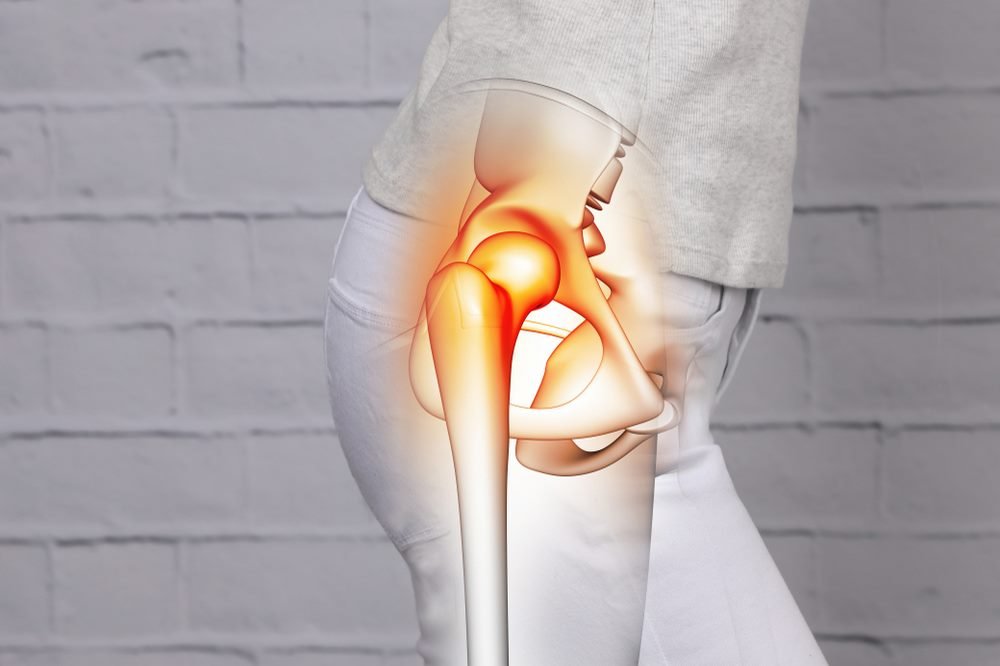Hip pain is the feeling of discomfort around or in your hip joint, where the head (upper end) of the thigh bone (known as femur) fits into the socket of your hip bone. Hip pain has various causes, most of that is related to injury, degeneration, or inflammation of the bones, muscles, tendons, and joints that are located in your hip area. Most occurring causes of hip pain consist of bone fracture, arthritis, muscle spasms, bursitis, and strains. Hip pain can also occur from diseases causing pain that radiates from your back and spine, such as herniated and sciatica discs.
A detailed theory of hip pain that turns into the arthritis of your hip is femoral acetabular impingement disorder. Such a condition is termed to cause hip pain in starting stages of arthritis. Hip pain is a most occurring complaint that might be leading to a huge number of problems. The accurate location of the hip pain might give valuable reasons about the undergoing reason. Difficulties within the hip joint itself need to occur in pain on the inner side of your groin or your hip. Hip pain on the upper side of your hip, outer buttock, or upper thigh normally occurs by problems with tendons, ligaments, muscles, and other soft tissues that are around your hip joint.
Hip pain can be occurring to disorders and conditions sometimes in other body parts, such as in your lower back. This kind of pain is known as referred pain. Your hip is quite a strong and stable joint. It is also known as a ball and socket joint. This is because of the upper thigh bone that shapes like a ball. This ball bends inside a hollow socket in the pelvis. Ball and socket joints provide massive movement of all the various kinds of joints in your body. The hip joint holds together by a muscle coverage that secures the bones by strong cords known as tendons. (1)

These tendons and muscles make a capsule around your joint and provide it with movements. They aid in moving the joint, supporting the upper body and your leg movement. Therefore, on the inner side of the capsule, there is a synovium that provides lubrication to the joints with synovial fluid and supports the healthy cartilage. The cartilage occurs between the bones of the hip joint to inhibit them from rubbing together and lowers any effect when you move your hip or while walking. With all such support, it is not normal for the hip to get dislocated, even after a difficult injury.
Hip pain consists of any pain around or in your hip joint. You might not have any pain directly from your hip over the hip area. You might feel it in your knee, groin, or your thigh. Osteoarthritis of the hip is one of the most occurring reasons of locomotor disability in individuals, with almost 5000 hip arthroplasties being done in England every year. Furthermore, it is not tested whether the use of a pain drawing above conventional ascertainment relies on the word “hip”.

